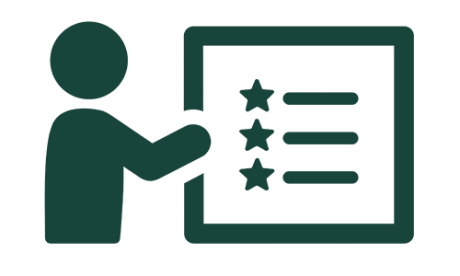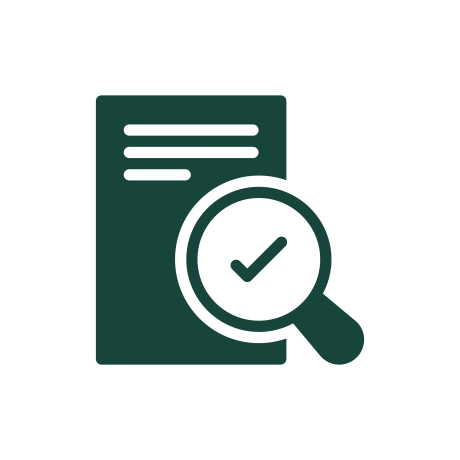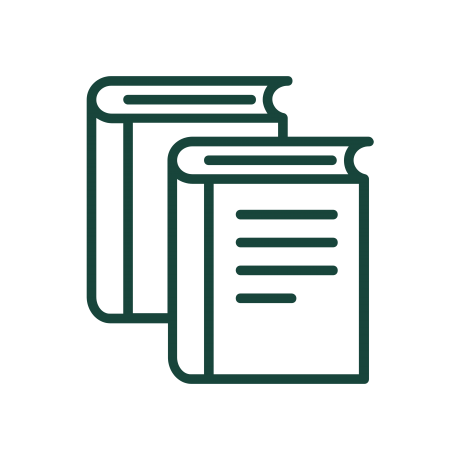
Taking breaks throughout the workday has benefits for both the employee and the organization, but many employees often neglect to take them. Skipping breaks can lead to faster burnout and higher stress levels. Employees stepping away from work for a few minutes increases their productivity, job satisfaction, mental health and well-being, and are overall more engaged in their work (Tork, 2018, p. 1).
Taking a break from work increases focus when employees return to work, thus improving their productivity. Additionally, taking breaks relieves some stress, which helps employees’ mental health and well-being. These factors contribute to increased job satisfaction (Tork, 2018, p. 1).
Breaks can prevent decision fatigue. Taking a break from making decisions within work allows employees to refuel to make better decisions than they would without a break (University of Illinois at Urbana-Champaign, 2011). Taking breaks can increase creativity, promote healthy habits, and make employees feel more valued by their organization and supervisor (Tork, 2018, p. 1). Additionally, supervisors or the organization promoting healthy habits during breaks encourages employees to take the time to make a healthy lunch or go for a walk. Movement breaks are also beneficial for emotional and physical health. Lastly, taking a break before becoming fatigued helps improve memory and focus, therefore allowing employees to better remember what they have learned. This allows work to penetrate employees’ brains as constant stimulation of the brain becomes tuned out over time (University of Illinois at Urbana-Champaign, 2011). Each of these benefits show that breaks improve employees’ quality of work, thus benefiting the organization, supervisors, and employees alike.
Here are some guidelines on how to take a break and get the most out of the time away from work. First, do an activity that uses a different part of the brain than was being used for work. This allows the part of the brain that was being used to rest. Deactivating then reactivating the part of the brain that was being used resets the brain’s ability to focus and pay attention, resulting in improved mental focus when employees return from their breaks (University of Illinois at Urbana-Champaign, 2011). Walking, exercising, connecting with nature or going outside, having lunch or a snack, drinking a beverage, taking a few deep breaths, meditating, or getting creative are all ways to deactivate and reactivate one’s attention.
Taking a walk on one of MSU’s many walking paths around campus, or taking a walk at a different work location, allows employees to stay active during their day as well as allowing their brain to rest and come back to work refreshed and reenergized. When an employee is too busy to take a break, even just switching focus to a different task, still maintains the brain’s attention and improves focus in longer term (University of Illinois at Urbana-Champaign, 2011).
Many employees do not take breaks because they think they will be looked down upon for doing so (Tork, 2018, p. 1). Hopefully, knowing the benefits of breaks will encourage more employees to take breaks. Sharing information with employees about the benefits of breaks may help them realize that taking a break will benefit them. Perhaps the strongest encouragement for employees to take breaks: their supervisor taking breaks themselves. If employees’ supervisors take breaks themselves, then employees know that it is okay to take breaks and they will not be penalized for it. Many employees have a preconceived notion that taking a break lowers their productivity or suggests they are not committed to their job (Tork, 2018, p. 1). Supervisors taking breaks models positive workplace behavior, encouraging employees to follow suit.
 Practical Example
Practical Example
Breaks can sometimes be hard for employees to take, even if they know the benefits and are encouraged by supervisors and coworkers. An easy way to encourage employees to take breaks is to implement group breaks into the work team’s schedule. Some breaks teams can take together include going on a walk together in the middle of the day, going to the gym together, having a social time in the middle of the day, or having a shared quiet time to recharge. Implementing a group break can be choosing a time of day to have the break every day, like 10 a.m. or 2 p.m., and then doing the team’s chosen activity for 15 minutes, then returning with everyone more refreshed and ready to get back to work. This strategy may be more or less feasible in different units; the point is to demonstrate and support breaks.
 At a Glance
At a Glance
Breaks are important. Not taking enough breaks leads to burnout and higher stress levels.
Benefits of breaks:
- Increases productivity
- Improves mental health and well-being
- Employees feel more valued by their organization and supervisor if they promote taking breaks
- Increases job satisfaction
- Restores focus and attention, especially for long term goals
- Can prevent decision fatigue
- Increases creativity
- Promotes healthy habits
- Movement breaks are helpful for emotional and physical health
- “Rest” helps consolidate memories and improves learning
How to take a break:
- Do an activity that uses a different part of the brain than was being used for work, which allows the part of the brain being used for work to rest
- Be fully detached from work during the break
- Try to be active during the break
- When feeling too busy to take a break, switch to a different task
How to encourage coworkers or subordinates to take breaks:
- Provide incentives for employees to take breaks
- Talk about the benefits of taking breaks
- If you are a supervisor, set an example and take breaks yourself
 References
References
Tork. (2018). Take back the lunch break survey findings. https://cdntorkprod.blob.core.windows.net/docs-c5/763/185763/original/tork-takes-back-survey.pdf
University of Illinois at Urbana-Champaign. (2011, February 8). Brief diversions vastly improve focus, researchers find. ScienceDaily. https://www.sciencedaily.com/releases/2011/02/110208131529.htm.
Additional Resources:
Fryer, B. (2014, August 1). Sleep deficit: The performance killer. Harvard Business Review. https://hbr.org/2006/10/sleep-deficit-the-performance-killer?registration=success.
- High stress levels lead to higher risk of physical and mental illnesses. Sleep, a type of break, mitigates these risks
- Only 1% to 3% of people can sleep five or six hours a night without suffering from a significantly decreased performance, or a productivity nosedive
